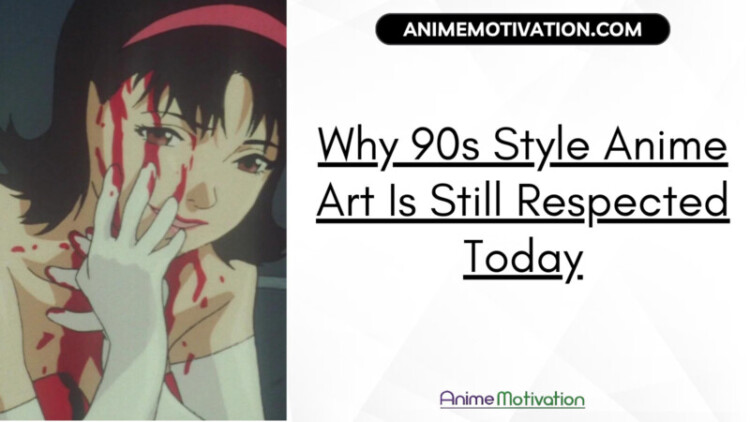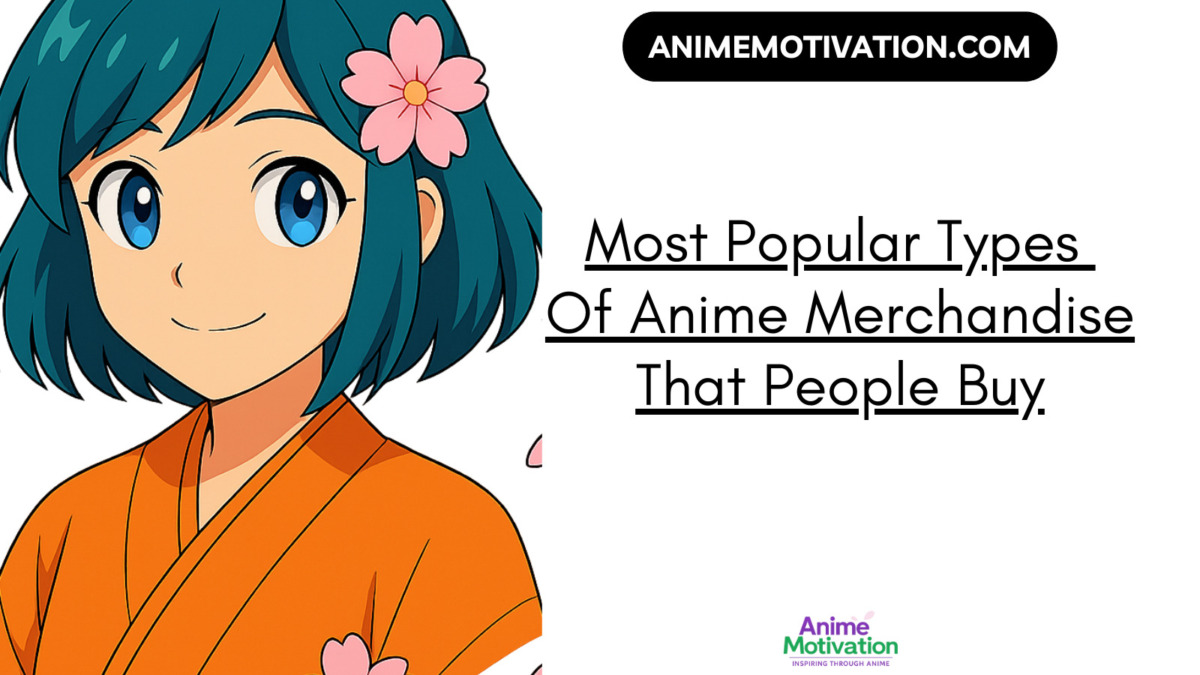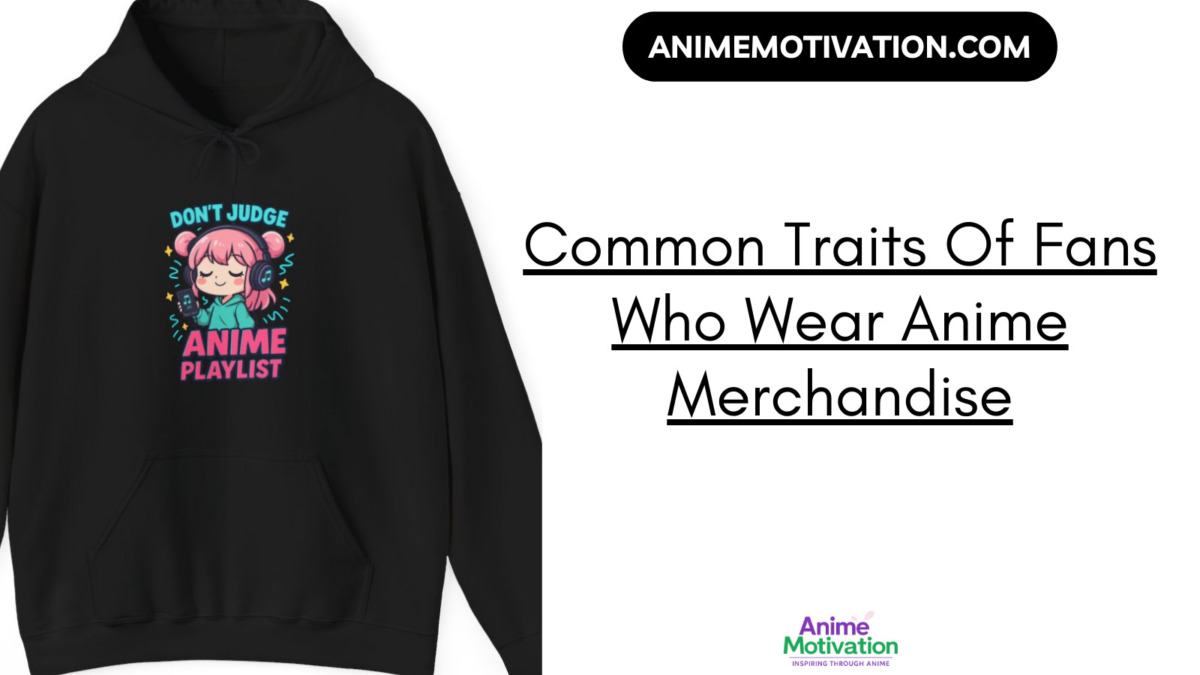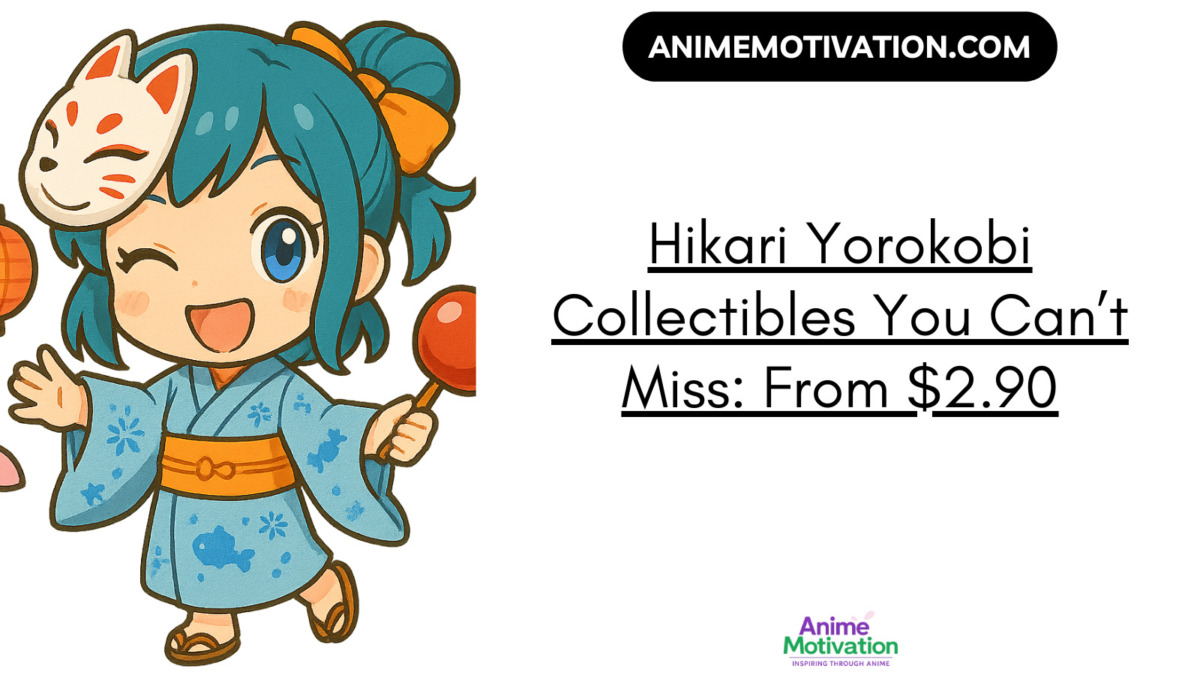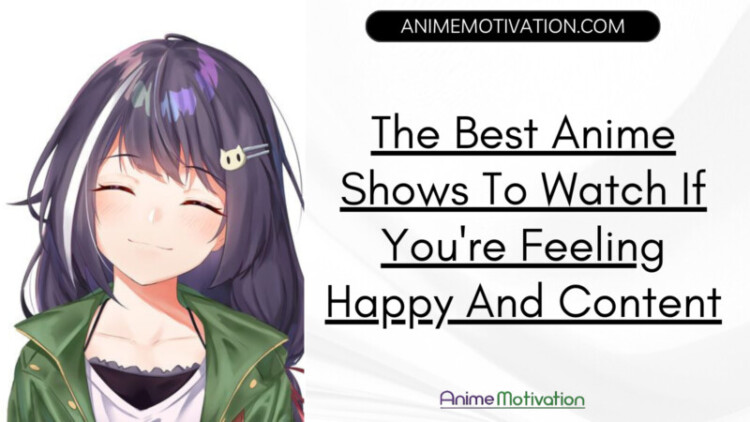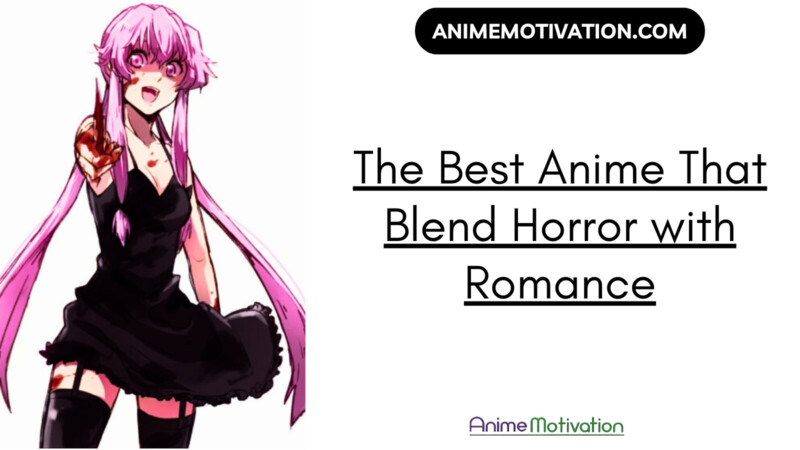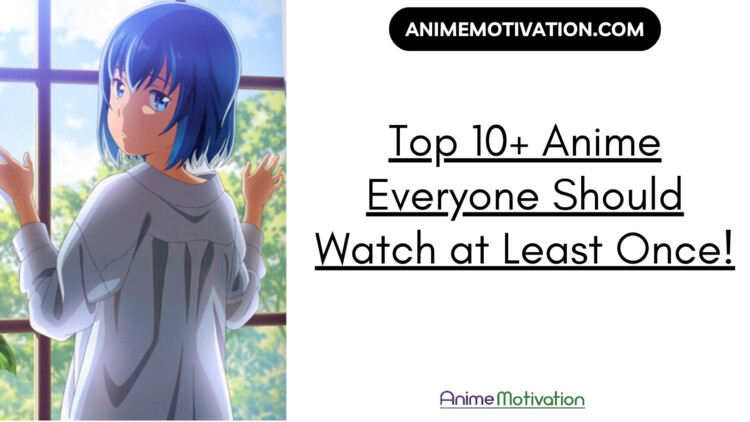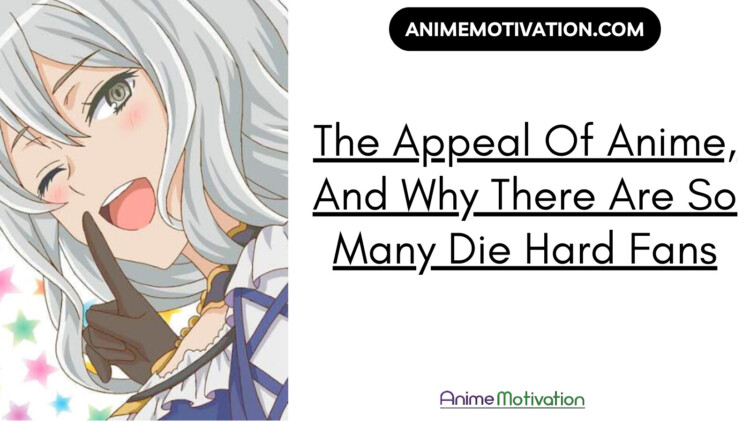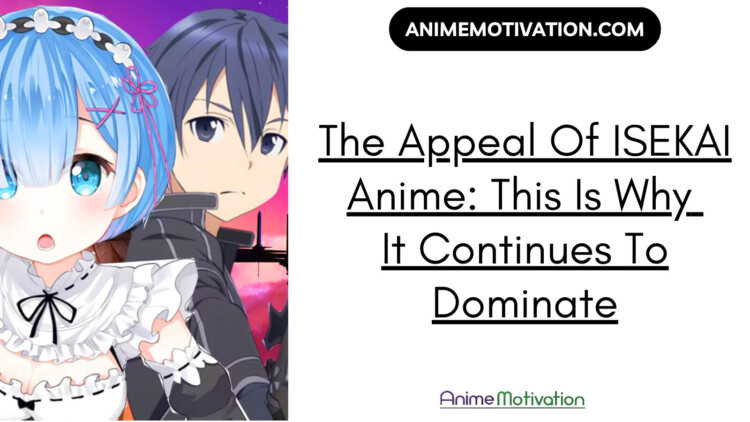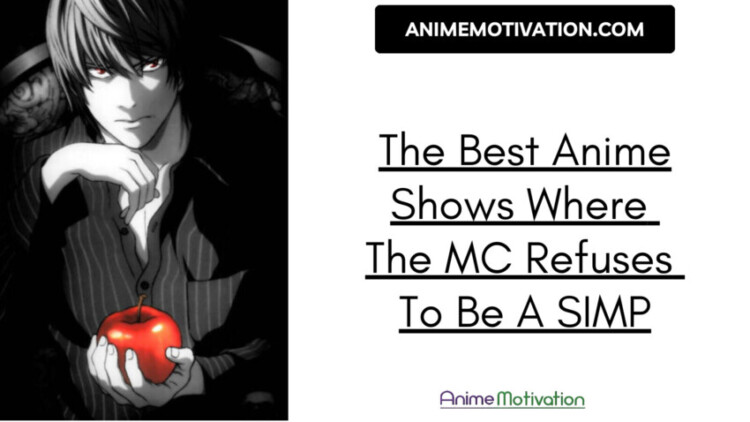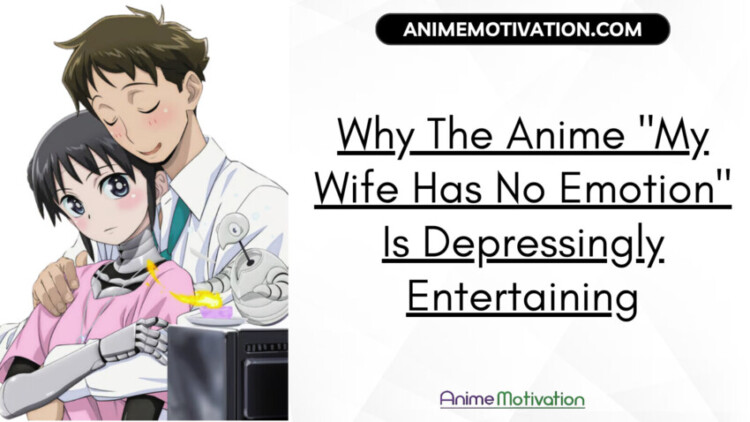Anime art styles from the 1990s can’t be compared to today’s art styles because of how much they’ve changed and how modern they look.
Even though modern anime art has its advantages and can look better at times depending on the style, there’s a reason people still love anime art from the 90s and why it’s still respected today.
The same is true for anime in the 1980s.
Let’s talk about it.
1. Nostalgia

For some people, it might be Neon Genesis Evangelion and the special nostalgic art it brought to the table.
For others, it’s GUNDAM, or Fist Of The North Star, Slayers, You’rre Under Arrest, Yu Yu Hakusho, and so on.
When I think back to Dragon Ball Z which started in 1989 (I watched it in the 1990s), I can’t help but feel nostalgic about the series.
It brings you back to a time when anime was different, felt different, looked different, and when Dragon Ball Z was one of the few anime series that were available to people, collectively.
This is why people love anime art from the 1990s and 1980s as well.
The nostalgic aspect of it is something you can’t deny, and no feeling can replicate that when it comes to newer, more modern anime.
Even Dragon Ball Super (or many newer versions of older anime) can’t bring back nostalgia with its art style and newer visuals.
There’s nothing like it.
2. Realism
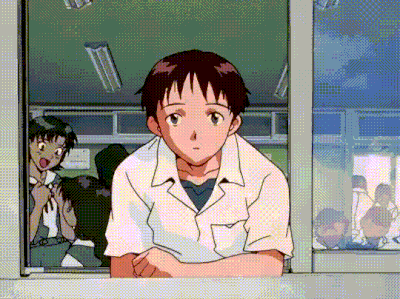
One thing that can’t be argued when it comes to old-school anime and the art style it had, is it feels and felt more realistic. And this was more than just a simple feeling.
It wasn’t imaginary.
The characters are actually more realistic in a way that’s more authentic either to Japanese people, Asians, or whoever the characters happened to represent for the most part.
Characters in Golden Boy look more true to life than let’s say, characters in the anime series Princess Connect: Redive. Or any other anime example you can use from the 2010s or 2020s.
The heights, the hair, the facial structures, their aesthetics from head to toe, their whole physique – all of it has a sense of realism that newer anime series can’t beat as far as the art style.
3. Authentically Asian (where appropriate)
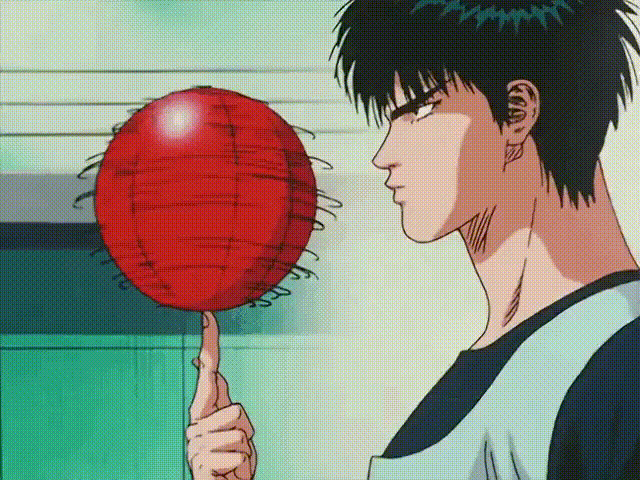
Continuing on from the last point, many characters in the 1990s (as well as the 80s and very early 2000s) had a more realistic East Asian look to them.
They felt like they were really Japanese, as opposed to these days where characters are ambiguous and don’t represent much beyond maybe looking Western for the most part.
You could say Japan is catering to the world so they made the art style in the modern day more ambitious and not tied to any country, or you could say things are just different because they are.
Either way, you’d be right. Where appropriate, you get a real Asian feel to some of the characters and the animation felt completely different to what you’d expect elsewhere in the world.
4. Originality in its designs
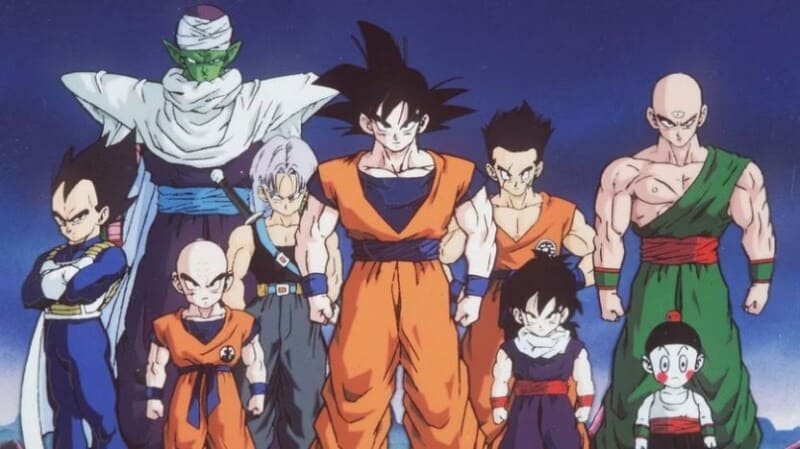
Dragon Ball Z to this day has unique:
- Hairstyles.
- Facial features.
- Eyes.
- Physique.
- Character aesthetics.
- Visuals.
And more, including names. Nobody can say characters from other series are a direct copy of Goku, Vegeta, or whoever else because it doesn’t happen.
Urusei Yatsura from the 1980s had unique art styles, aesthetics, visuals, and character physiques as well that can’t and never has been replicated to this day.
Lum, the main female MC is unique and there’s ONLY one of her.
You can say the same thing about Asuka from NGE, and many of its characters.

Compare that to the modern-day anime art and visuals you tend to see on a regular basis.
When compared, you can see that:
- Newer designs are easily copied.
- Many 21st-century characters are similar in visuals.
- Some characters from different series look like each other.
And so on.
Fairy Tail vs One Piece is a good example, many Isekai characters copying the face of KIRITO from Sword Art Online is another example, or many idol characters from idol anime being similar, etc.
The originality of the 1990s and a little before can’t be compared, and this is why fans still love anime art from the 1990s.
But more anime are starting to differentiate themselves more often these days with that said (Heavenly Delusion).
5. Better tones and less airbrushed

Sometimes the problem with newer anime series is they’re overly:
- Airbrushed.
- Colourful.
- Bright.
And almost feel like that’s their only defining trait when it comes to the art style.
Isekai, fantasy, comedy, supernatural, shounen – many of these anime series look a lot like each other in the way they draw their characters, colour them, and define them.
The 1990s anime art style is loved because the tones had something better about them, AND it felt less airbrushed, superficial, and fabricated.
Even Dragon Ball Super or any other newer version of older anime show you the point clearly with their more colourful tones.
That has its merits, but that’s also why the art style of the 1990s is still loved and appreciated to this day.
6. It still offers something special that new anime can’t deliver
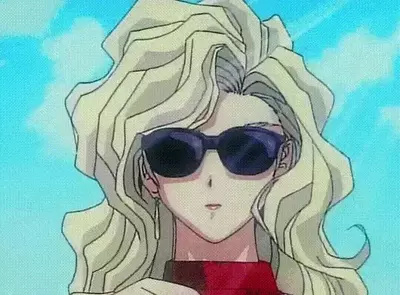
I’m not gonna say this is true for all anime series from the 1990s, or all anime from the 1980s. Some are awful to play back today, and hard to get into because of how much older it is and how obvious it is that it’s older and outdated.
But many of those old-school anime delivered something different and still do when you look back on them. Especially with their art style and characteristics.
- Gunsmith Cats.
- Golden Boy.
- You’re Under Arrest.
- Bubblegum Crisis.
- Dragon Ball.
- Magic Knight Rayearth.
- Sailor Moon.
- Nadia: Secrets Of The Blue Water.
And so many more prove the point.
They offer something special that you can’t find with modern anime’s art style and visuals.
This is why the 1990s is one of three golden eras that will always be remembered for what it did, what it contributed, what it brought to the table, and what it meant for the anime industry’s eventual growth.
–
Recommended:
24+ Anime With A Similar Art Style To Demon Slayer

